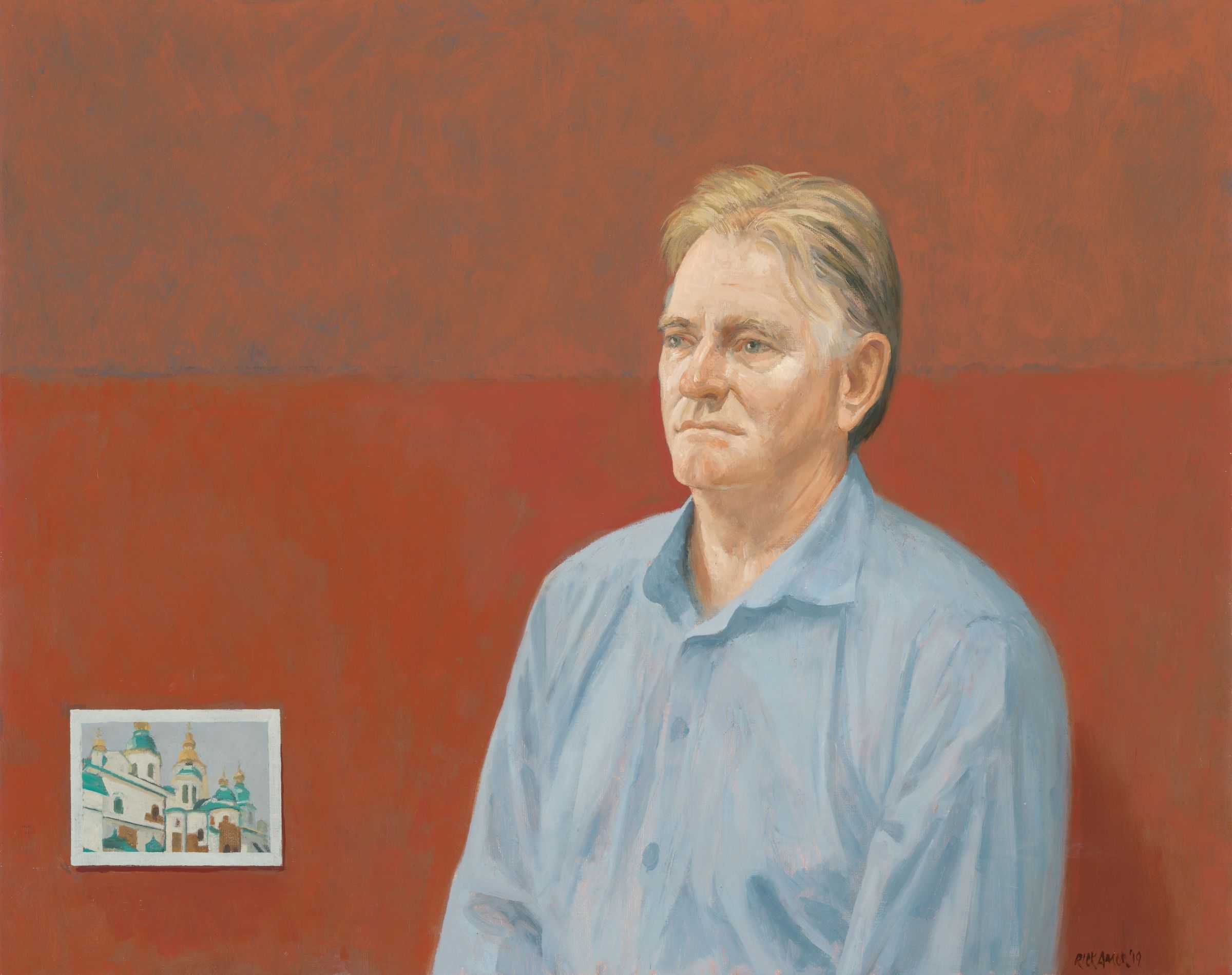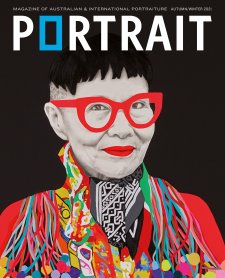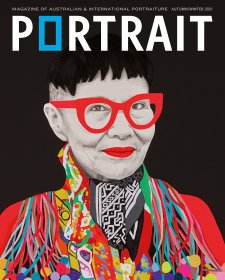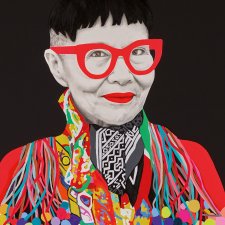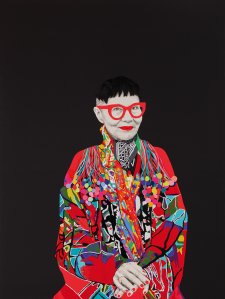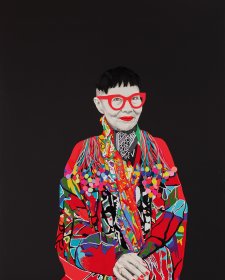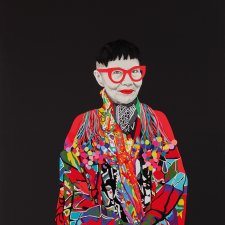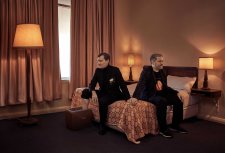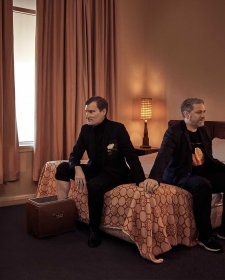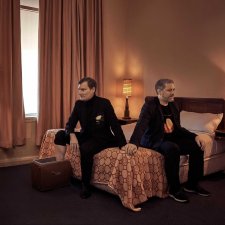This is the face of my de facto brother-in-law, Philip Williams. While visiting the National Portrait Gallery I noticed the absence of paintings of journalists. This gave me the idea of painting Philip, who is quite well-known to ABC viewers as a foreign correspondent. It is hard to reconcile the genial and gentle man who I know through the family with the journalist who has witnessed horror and mayhem around the world. I am intrigued by the absence of cynicism or the guarded demeanour that one might expect in a journalist who has seen so much violence. His face is open and guileless.
His manner is light and positive and that encourages interviewees to drop their defences. I don’t think this is a conscious or deceptive act; it is just the man he is. Having said that, once I start painting I am not consciously recording any aspect of the sitter’s character, I am just trying for a likeness. Over a grid based on the golden mean I rough in the painting in two colours and build it from there. For the first two sittings the picture is very loose, coming together as a likeness (I hope) in the fourth or fifth sitting. A painted portrait is the sum of countless observations that should amount to a contemplative view of the person at that time. My sitters never see anything of their portrait until it is framed and delivered. I don’t want to feel constrained by their reactions during the process. Equally, the sitter should be free to react honestly to the finished work without the presence of the artist. In Philip’s case, his mother Bid, my mother-in-law, was dying in her home near Canberra at the time when the painting arrived at the National Portrait Gallery. The Gallery staff kindly arranged for the picture to be trucked out to her rural house and unveiled there for Bid and Philip. It was a touching gesture for which I am grateful. When I asked Philip which country had affected him most he chose the Ukraine, so I painted a little postcard of that country’s famed historic monastery, Kiev Pechersk Lavra, in the corner of the picture.
